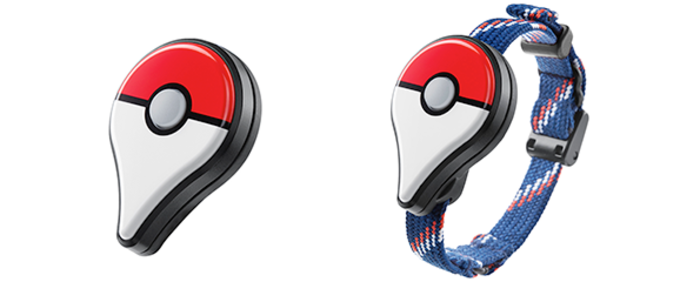What is Pokemon Go? A quick newbie guide for those out of the loop

Pikachu - the instantly recognizable Pokemon mascot
So, what is Pokemon Go?
Pokemon Go is a free-to-play game, developed by Niantic solely for Android and iOS devices. You may remember the name of this developer from another augmented reality title — Ingress. Basically, events and objects in the game have their own location within our physical world. In order to reach them, you actually need to leave your home or office and travel to a specific place. You look at the world through your phone's display, a simple viewfinder feed from your camera mixes the reality around you with 3D objects drawn on top. Hence the term "augmented reality".
How do I play Pokemon Go?
In short:
There are three aspects to Pokemon Go – collecting and raising your own Pokemon critters, trading with other players, and a competitive aspect where you pit your Pokemon against other players' Pokemon.
Walking around all day with the phone up to your eyes, looking for the next Pokemon to catch is a viable option, it certainly isn't the best one. Don't worry, though, your phone will vibrate with a notification every time there is a Pokemon near you, so you don't miss it. Additionally, there will be an official Pokemon Go wrist device in the future (around $35), which will pair with players' smartphones via Bluetooth and make game world interactions easier.

The Pokemon Go Plus wearable will be available in late July
Capturing Pokemon
Your first job when you start is to customize your Trainer – your avatar within the game's world. You can pick gender, hairstyles, clothes, colors, et cetera, to create your unique player in the pokeverse. Afterwards, you are ready to start looking for Pokemon to capture.

Other factors also come in play when capturing a Pokemon — your avatar has its own "Trainer's level", which raises with time and with battles, and makes it easier for you to grab the critters. Additionally, one can use in-game objects, such as berries, to lower a tougher Pokemon's defenses. Check out our "how to win" guide on the game to gain more insight.
Locations and competitive play

The game has various locations that players need to visit. Pokestops, for example, are real world locations you need to reach in order for the game to allow you to restock on items, such as the vital Pokeballs, Potions that heal your Pokemon, Berries, eggs, et cetera.
Gyms are real-world locations, where you can meet with other players for some competitive play. When you reach level 5, you get to pick a team to join (Red, Blue, or Yellow) and can now enter gyms. From there, you can have friendly matches against your team's Pokemon, or — if the gym is owned by your opponents — attack the Pokemon, which have been deployed there. If you win, the gym's prestige drops. When that reaches zero, the location will become neutral and you can grab it for your team.

Typical 1 on 1 gym battle
Battles are turn-based, where you get to choose whether your Pokemon should defend or use one of its attacks against the opponent. You can only fight creatures that have been assigned to the gym, which means you are battling against AI, not human wits.
Leveling

Level up your gym to make it harder to capture, level up your Trainer to be able to grab tougher Pokemon
What's the goal of Pokemon Go?
Gotta catch 'em all!
Now, really, just like Niantic's previous AR game — Ingress — Pokemon Go is an ongoing, social experience of a game. There is no real "end" to it, just the battle for territories (gyms), the expansion and upgrading of your Pokemon collection, and another great activity that can force you to leave the house and meet up with your friends — even if it's just to stare at smartphone screens again.
Follow us on Google News














Things that are NOT allowed:
To help keep our community safe and free from spam, we apply temporary limits to newly created accounts: